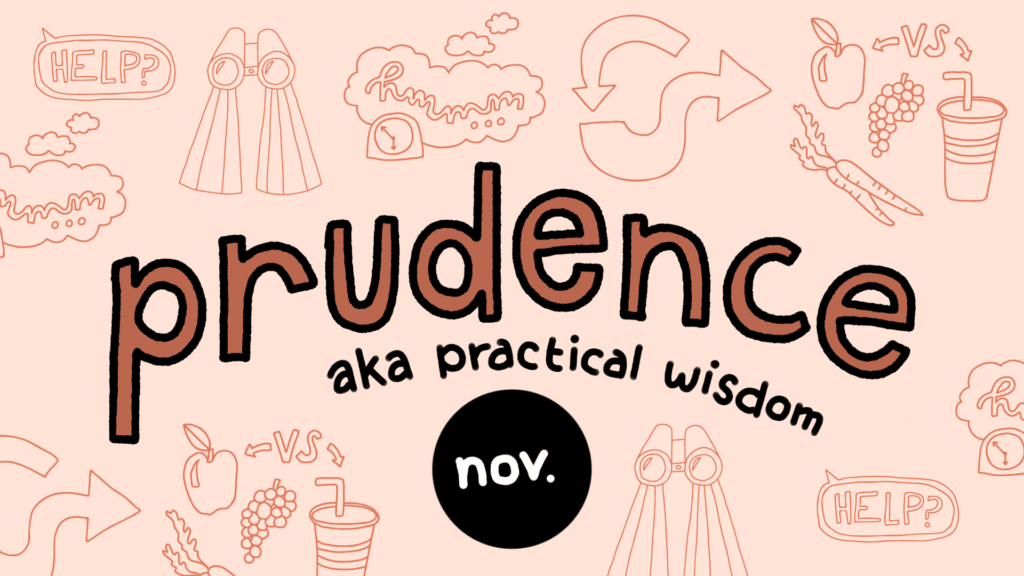
{photo by Carolyn Eicher}
Today we are delighted to bring you more than just a quick snapshot of a wonder moment. Let’s hear from SLOCA High School’s English and Literature teacher, Mr. Paul McCullough, as he reflects on a recent and rather memorable high school outing:
The late, great William Stafford once remarked that you have to teach children not to be poets. Poetry is formed words, and we love both of these things—form and words—instinctively, viscerally, from an early age.
 The first poem I remember encountering was in kindergarten. Whenever a classmate would get new shoes, we would as a group incant:
The first poem I remember encountering was in kindergarten. Whenever a classmate would get new shoes, we would as a group incant:
New shoes, new shoes, can’t be beat!
New shoes, new shoes, on my feet!
It’s easy to forget that getting new shoes is a really big deal when you are five. As far as you can recall, it’s only happened a few times in all of human history. The spondaic meter of the “New Shoes” poem practically marches onward, as would a pair of new shoes—a little charm of wonder, a counter-spell against the disenchantment of the day.
On Friday, October 27th, eighteen SLOCA High School students and I, along with a few intrepid parents, had the pleasure of attending a poetry reading by the venerable Robert Hass, Pulitzer Prize-winner and former U.S. Poet Laureate. However, at this stage of his career, Hass explained, it is his grandchildren who keep him in touch with what is most essential in poetry: a delight in language, a love of patterns and forms, the impulse to praise what brings us joy, however humble or unprecedented. The laundry hanging on the line. A pair of new shoes on your feet.
Today we mostly reserve poems for Important Occasions—a graduation or inauguration ceremony—the fine china we admire on the shelf but rarely use. But perhaps this elevation of poetry says less about our true reverence for it than it does about how poorly poetry is integrated into our daily lives. Still, we look to poetry to mark the time, to commemorate what has happened to us on this planet, raising up a few rare moments out of the oblivious flow. Poetry has always been a means of absorbing experience, drawing life into memory like a breath. Hass reminded us that the words for law and poetry share a similar root in Greek, as ancient oral cultures developed poetic forms to codify and disseminate teachings in patterns that even a child could internalize. (Interestingly, the Greek word iamb, building block of Shakespeare’s famous iambic pentameter, means “foot.”)

“Making” is perhaps the most accurate translation of the Greek word poiesis. Our mistake, good materialists that we all are, is to value the made object over the act of making. In making we are present to the world and to ourselves in ways that are obscured when we stand back and merely question things, measure them, and assign them worth. Hass told several stories about reading to his young grandson’s second-grade class. When the second-graders heard Elizabeth Bishop’s opening line, “I caught a tremendous fish,” their response wasn’t, “Is the fish a symbol of something deeper? Is this poem any good?” Rather, it was, “Ooooooh!”
Little children want to be held and rocked, yet they also want to squirm away and explore the world on their own terms. Hass believes that these two contrary impulses of childhood—the instinct to cling, the aspiration to reach out—define the artist’s life as well. Art is always a dialectic of tradition and freedom, embracing old forms and moving beyond them. This paradox is captured in Hass’ most famous lines, from the opening of “Meditation at Lagunitas”:
All of the new thinking is about loss.
In this it resembles all of the old thinking.
Hass is a California poet, his writing drenched in Pacific-coast spray and Sierra sunshine; and yet the specter of loss is never away. On Friday he read a cycle of new poems portraying the varied shades of losing someone. Like notes on a musical scale, each particular loss that befalls us acquires a distinct tone and color—to lose someone in their twenties is a very different thing than to lose someone in their fifties. Hass also read a devastating piece about the history of the gun, which toggles between statistics about the gun’s indelible impact on human civilization from the Tang Dynasty onward, and the 2015 mass shooting at Pulse nightclub in Orlando. Has it all been worth it?, the poem seems to ask. Are these acceptable losses? The price of historical progress? What kind of Stalinist cultural logic allows us to view our 30,000 gun deaths per year as statistic and not a tragedy? When Hass reached the poem’s refrain “They were dancing… They were dancing,” referring to the murdered nightclub-goers, I sensed something shift inside me, though it’s hard to say precisely what it was. Sometimes poetry has a prophetic power to cut through the cultural noise simply by stating the obvious. These were people. They were dancing.
Art that tells these kinds of hard truths doesn’t change them; a poem can’t raise the dead. But art can lend us the willpower we often lack to close that gap just a bit between the world as it is and the world as it should be—even if it’s just in a small movement within one’s own spirit. “If I look at the mass, I will never act,” Mother Teresa said. Bad art trades in abstractions, speaks of “the mass”; good art gives us back the world in all its irreducible particularity. To love a thing is to know it as itself, to will the good for it in itself. We need all the help we can get.
Perhaps nothing has defined Hass’ career so much as his friendship with the late Polish poet Czeslaw Milosz, his neighbor in the Berkeley hills for several decades. But from the 1920s to the 1950s, Milosz lived near the center of a European civilization that seemed bent on tearing itself apart. Somehow Milosz escaped it all to find himself in exile in California, writing in Polish—a language few Americans can speak or read—poems which had been officially banned in his homeland. His audience being, effectively, no one, Milosz wrote for the truth. Perhaps the most moving Hass poem of the night, in my view, was a longer narrative work that captures one fragment of Milosz’s story. It goes like this: Milosz and a friend were stopped by Gestapo agents on a winter night in Warsaw in 1943; Milosz, the poet, was released; his friend was sent to Auschwitz and never made it out.
After reading this poem Hass singled out the Holocaust as the central moral fact that has made it difficult for generations of westerner writers and intellectuals to believe in a justly ordered universe. Yet Hass also expressed impatience with nihilistic interpretations of twentieth-century history that, rather than helping us articulate these inscrutable moral facts, have severed us even further from the language of truth, justice, and beauty—and therefore from one another. How far can art go toward restoring those connections, that original childlike faith, Hass asked?
 |
It’s not every Friday night in San Luis Obispo that several hundred people pack into a cavernous room at Cal Poly to hear an aging poet read poems of praise and loss. What a mysterious thing art is that can bring the sounds and smells and fears of occupied Warsaw into a clean, quiet California college town, at least for the brief space of a poem. As our group walked back down Slack Street in the dark toward SLOCA while exuberant college students passed by in Halloween costumes (hot tip: animals seem to be in this year), somehow the world, for all its clutter and cumulative sorrow, felt momentarily wider, dearer, kinder, thanks to a poetic art that allows our sometimes agonizingly separate lives to meaningfully overlap. Poetry, Hass reminded us, is like lightning in a bottle—it captures the raw, invisible energies of life, making those energies mysteriously portable, available, transferable. A poem bottles up the most intimate part of our experience and allows us to offer it to another.
Modern physics tells us that energy and matter are, at some level, convertible terms. E = mc2. But all this merely confirms what the blind poet Homer already knew so well: that the world is charged with mysterious energies. The world is full of lightning. The light comes from beyond and, somehow, from within. Sometimes it strikes you. Mostly it misses. We do well to catch it and bottle it as we can.
Spending an evening with a poet of this caliber sounds like a rich and rewarding experience for our high school students (as well as the adults!). Thank you, Mr. McCullough, for sharing the experience with us on the blog.











